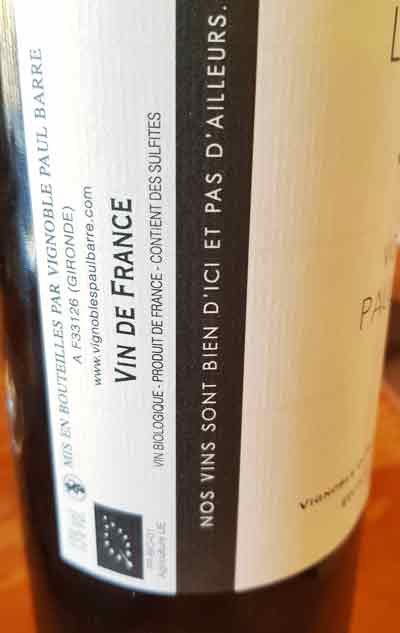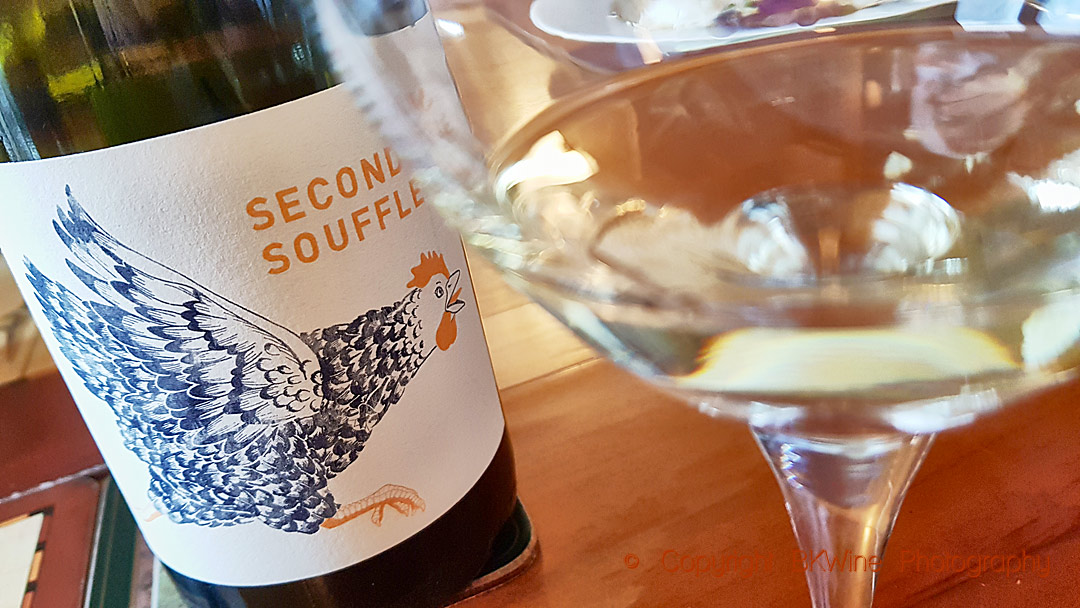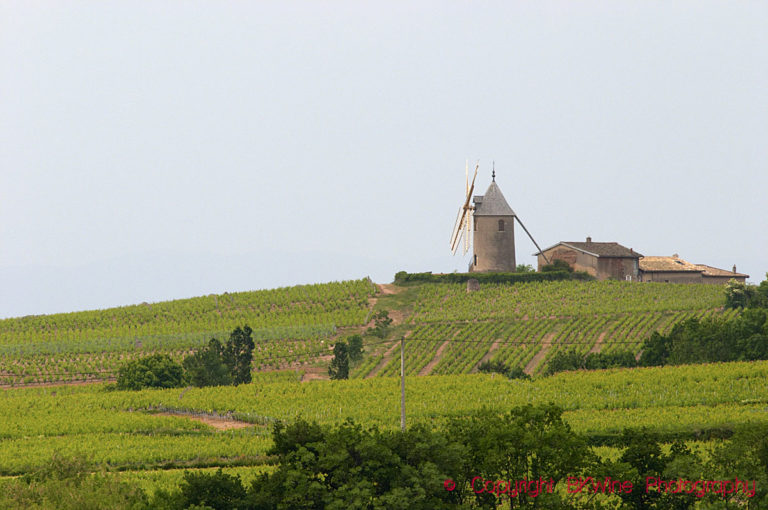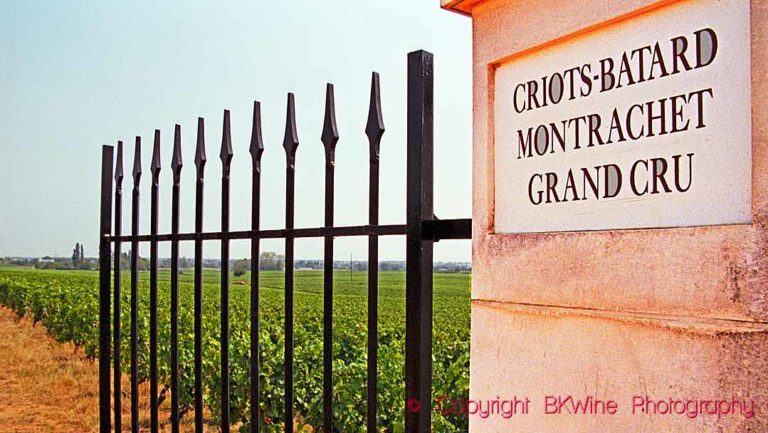The “vin de france” category was introduced in 2009 when the EU did a restructuring of the various wine categories. “Vin de table” was renamed “vin de france”. A more attractive name for sure and, also, it was now allowed to put the vintage and the grape variety on the label.
Vin de france is still a VSIG, thus a wine without a geographical origin (vin sans indication géographique). And without too many rules. Now it’s been ten years. How has it turned out?
Fairly good. Vin de france accounts for around 8% of production. But the category is becoming more and more popular with producers. The large producers that make volume wines with large yields blend grapes from different parts of France. They are not looking for terroir character.
More ambitious vin de france wines are made by winegrowers who believe that the rules of the appellations stand in the way of their creativity. Maybe they want to use grape varieties that are not approved or make wines that don’t fit the mould. Or they are just plain frustrated by the appellation system. Inexpensive vin de france is a straightforward, uncomplicated wine. More expensive vin de france can be high quality and exciting.













